Railroads & Cigars
© Tony Hyman.
All rights reserved. Inquiries welcome.
Uploaded October 2008
Latest update: November 17, 2011

[6253] PULLMAN car illustration from cigar box used by the Pullman Cigar Company in Roslindale, Mass., 1953.
PRIVATE CAR label not in the NCM collection.
As America grew, and the farmlands of the Midwest and West were developed, the railroads accompanied them, reaching all the way to the Pacific Coast only four years after the Civil War. Everywhere railroads went they carried more than tobacco leaf and finished cigars; they also transported traveling salesmen by the thousands, then tens of thousands, taking orders for the consumer goods those trains could easily bring to the frontiers.
The impact of railroads on American life is difficult for people today to comprehend. Railroads made possible the safe speedy spread of goods and people in a manner never before seen. They enabled adventurous men and woman on their never-ending search for greener pastures. The rails, roads, and canals led to opportunity and the possibility of a new life. Cigar making was frequently a one-man business and cigarmakers notoriously footloose, so the steam train became their golden chariot in their search for new and heavier smokers. Unfortunately for them, the railroads also enabled the larger cigar companies to put their representatives on the road and big-factory mass produced products to compete with those small local factories.
Like mail, rail shipments were Federally protected.
Tags were enclosed in envelopes and tied to trunks and crates which were also marked in chalk
New England’s first of many rail lines began operations in 1835 just in time to help spread Connecticut seed leaf, the country’s first high quality cigar wrapper. Before the Civil War engulfed the nation in 1861, growers in Massachusetts, New York, Kentucky and Maryland were using railroads, canals and the Mississippi river to ship cigar leaf to New York City, Philadelphia, Baltimore, Boston, Chicago, Cincinnati, St. Louis, New Orleans and other cigar manufacturing centers. More than 2,000 cigar factories were in operation at the beginning of the War.
The search for cheaper shipping
Experiments had been going on for a few years when, in 1832, steam driven railroads were proven once-and-for-all to be fiscally practical. A coal powered steam engine on the two-year-old Baltimore & Ohio Railroad hauled 50 tons over a distance of 40 miles at a speed of 12 to 15 mph. The engine burned $16 worth of coal compared to the $33 and 42 horses it had taken to move that much freight over the same tracks the previous year. The timing couldn't have been better for the growing U.S. cigar industry.
This ad from the New York Evening Star for March 27, 1838, gives a hint of how well developed steam railroads had become less than a decade after the first commercial freight and passenger line was established. The train lines usually connected to ferries, horse-drawn stage coaches or river boats for longer journeys. The country’s longest railroad was 167 miles in South Carolina. The use of corner vignettes in early 19th century newspapers made it easier for readers to find the type of ad they sought.

1835 magazine
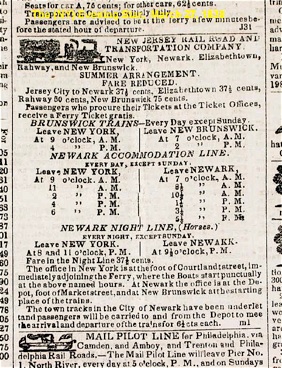


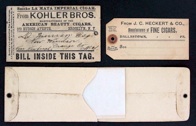
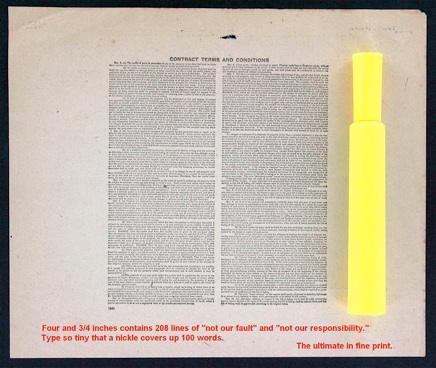
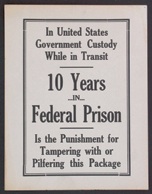

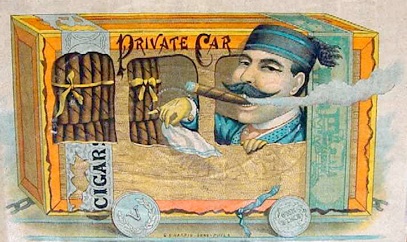
[12645] Since most men smoked, it wasn’t unusual for a train to have more than one car set aside exclusively for smokers, complete with white-coated attendants ready to offer a cigar or libation. The smoking cars on the Chicago Limited of the 1890’s offered bathtubs, a barber, and luxuriously upholstered chairs about which one writer claimed “the traveller who cannot be comfortable in one of them is hard indeed to satisfy.” The cars were also well stocked with the latest copies of JUDGE, HARPER’S, LESLIE’S, and other weekly newspapers. For those with more time, books were available, described by a HARPER’S writer as being “in striking contrast to those vapid and lurid tales that the book peddler on an ordinary train recommends with so much voluble assurance.” Smoking cars were required by law on British trains way back in 1869.

The second half of the 1800’s was the era of huge government land grants to railroads to encourage expansion into the West and Midwest. Usually the Federal government gave railroad companies alternate sections of public land, twenty to fifty miles worth for every mile of track they laid. Railroads sold these lands to speculators and homesteaders, often recruited from Europe. As so often happens, one technological or social change breeds others. As railroads developed so did commerce and the spread of increasingly mass produced consumer goods (including cigars) and the printing technologies to package them. The land give-aways and gradual population shifts created demand for the development of communications, newspapers, and maps.
Given their role in spreading cigars nationwide, it’s no wonder railroads and railroad themes decorated cigar boxes by the score. Just about every post-Civil War rail line in America was depicted, usually by small local cigarmakers in one of the towns the line passed through. It’s not the intent of this exhibit to provide a history of those railroads, but rather to enable the visitor to see some of the variety.

